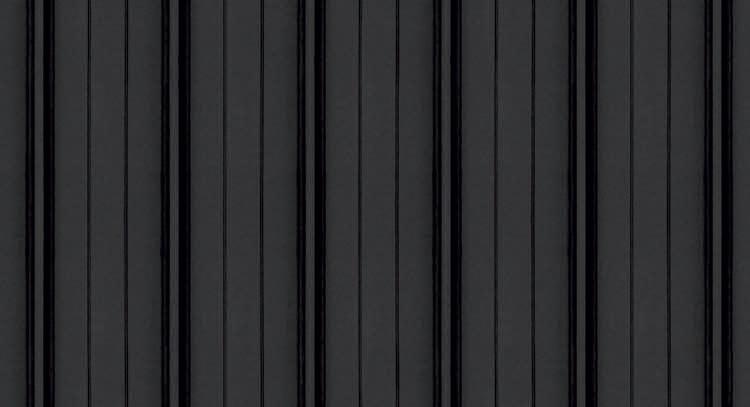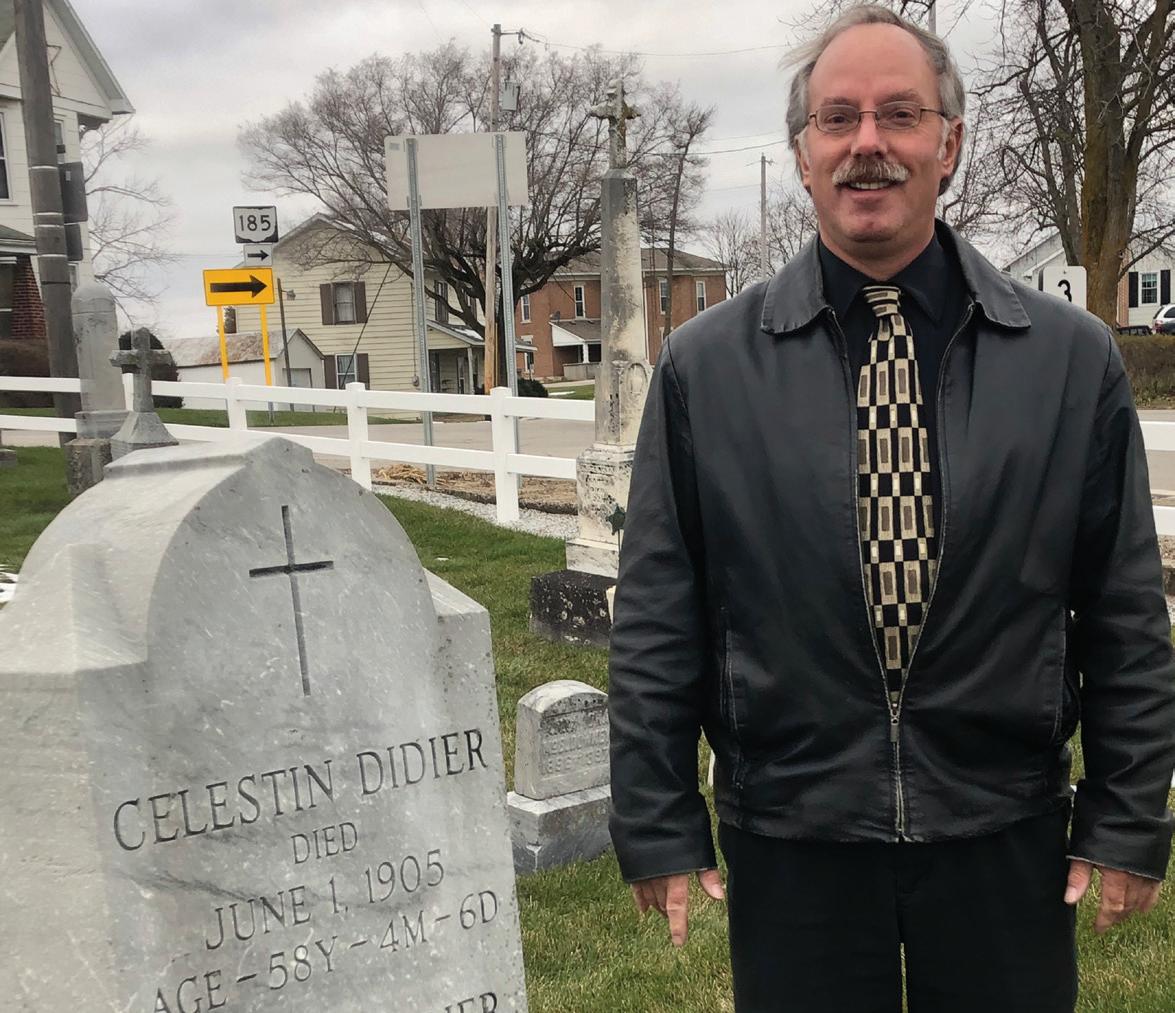
4 minute read
French connection
The influence of early colonization is still seen around Ohio.
STORY AND PHOTOS BY KEVIN WILLIAMS
France began its effort to colonize North America not too long after Christopher Columbus arrived here in 1492. At times between 1656 and 1750, in fact, France controlled more of the continental land mass than Britain and Spain combined.
France’s dream of controlling the continent ended with Britain’s victory in the French and Indian War, and the vast majority of North American places and people have since conformed to English traditions. But there are plenty of pockets that continue to cling to French customs.
Quebec, for instance, continues to be a Francophone island in English-speaking Canada that’s held steadfast to its language for hundreds of years. In spots of northern Maine, French is used as typically as English, and French-inspired poutine and ployes are as familiar on menus as burgers and pizza. The Cajuns of Louisiana still embrace their past with gusto and richness — so much so that the number of Frenchspeakers in the bayou has actually increased in recent years. In Missouri, where St. Louis was once known as the “Paris of the West,” an effort is underway to preserve a unique Midwestern dialect of French, a leftover legacy from the plentiful French towns that once dotted the region.
Ohio has its own French Connection, of course, including well-known Gallipolis (literally, “City of the Gauls”), founded by loyalists to the crown who were fleeing the French Revolution. Several years after the Gallia County settlement was established, another French enclave came to being on the other side of the state, anchored by the town of Versailles in northern Darke County.
From Stark to Darke

Western Ohio’s first families from France began their journeys here in 1825, settling first in Stark County, then continuing shortly afterward to what was then Jacksonville in Darke County.
By 1837, their number and influence had grown so much that they petitioned to change the town’s name to Versailles. French settlers also founded the nearby hamlets of Frenchtown and Russia (an homage to French settlers who had fought in the Napoleonic Wars in Russia). The three towns became the hub of French culture in Ohio.

In 1846, the French settlers in the area erected a log church to serve 40 families in Frenchtown. Residents John Berge and Clare Pequignot became the first couple to tie the knot in the congregation. Twenty years later, a more permanent church — christened Holy Family — was erected with distinctive French features, inside and out; it still stands today. Many original French family names persist in the area as well: Subler, Pequignot, Berge, and Didier dot mailboxes in town and in the surrounding countryside.

French flair
In Versailles, the French influence is seen in architecture, murals, and memories.
There is a water feature downtown with cherubs and a wine barrel. Murals with French countryside scenes are on some downtown walls, and a miniature replica of the Arc de Triomphe is in a community park. The city’s logo even incorporates a fleur-de-lis.
But while it may still be visible in the area, the French culture hasn’t necessarily held on with the same tenacity in Ohio as it has in other enclaves in North America.
Deb Pohl, 74, whose ancestors came from Switzerland and France, is president of the Versailles Historical Society. She has memories of two sisters walking around town who still spoke French to one another, but she says most of the French dialect had disappeared by the time she was a teenager.
“I think French-speaking died out with the second generation back from me,” she says.
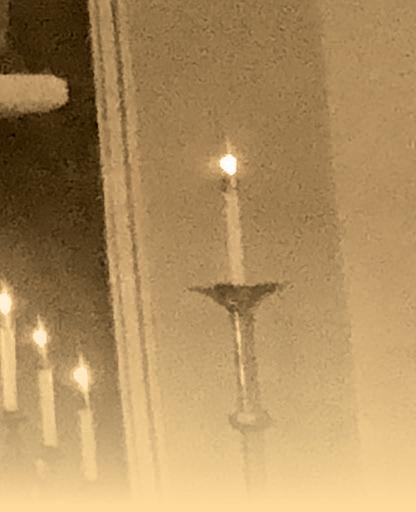
Not gone yet
Keith Didier, 57, would beg to differ, as he, for one, still speaks French. He takes care of the Holy Family cemetery as well as its heritage — and has become a caretaker of French culture in the area. “We had a lot of the typical traditions — midnight mass, French tarts, noodles,” he says.
The original settlement’s small size, relative to, say, Quebec or even New Orleans, made it tougher to keep traditions alive — a melting ice cube compared to a melting glacier. But other factors might also have been at play.

Pohl, for example, says that after the initial French waves, Prussians, Irish, Germans, English, and others moved to the area, which created a more diverse population.
Esteemed Miami University French professor William Marion Miller examined the sustainability of the area’s

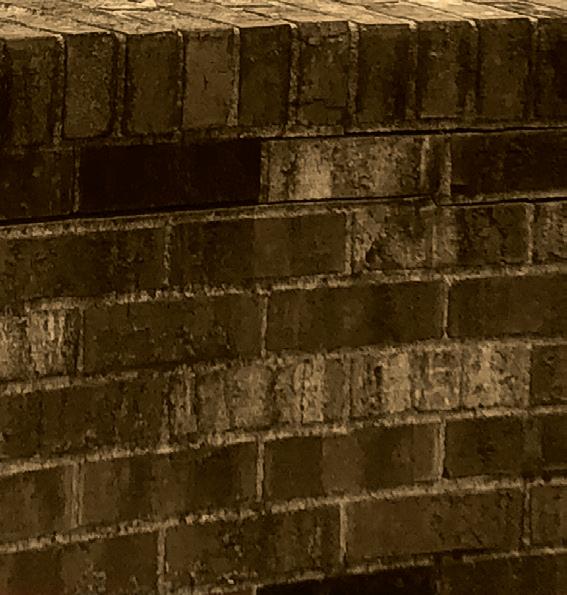
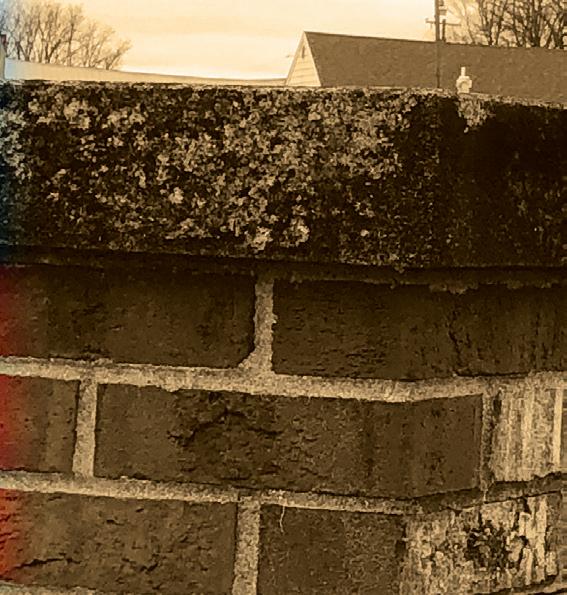

Early French colonial influence can be found all across Ohio, but notably so in the western part of the state, where, for example, the Holy Family Cemetery in Frenchtown has a sign at the entry that reads, “Heureux Les Morts Qui Meuerent Dans Le Seigneur,” which translates to “Blessed Are the Dead Who Die in the Lord.” Keith Didier (opposite page), one of the last French-speakers around, is a caretaker of both the cemetery and the French culture in the area.
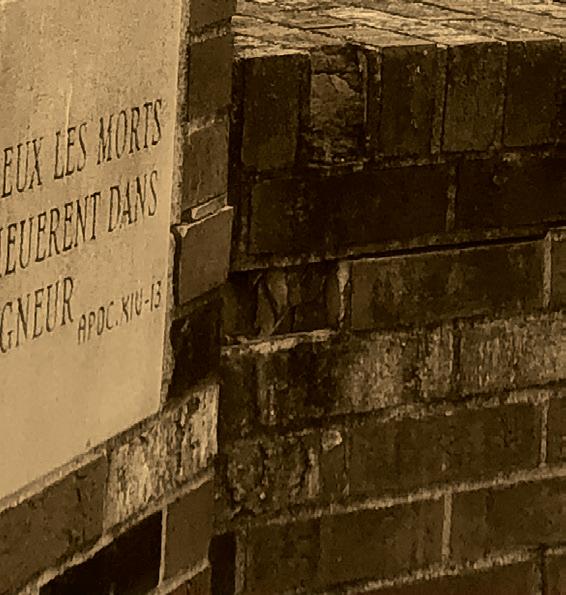

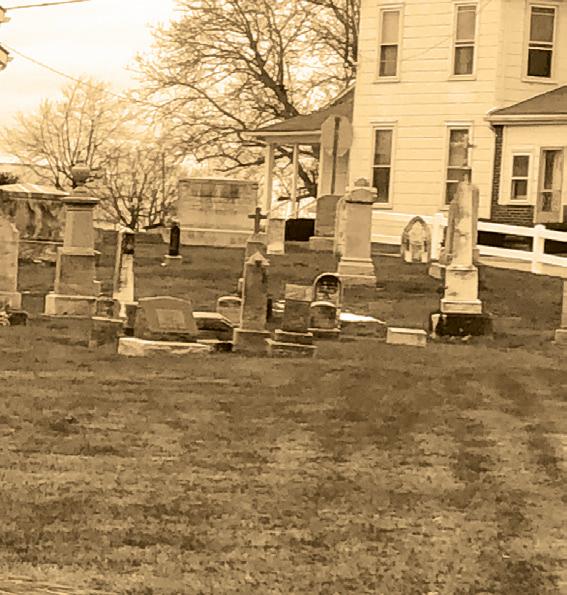


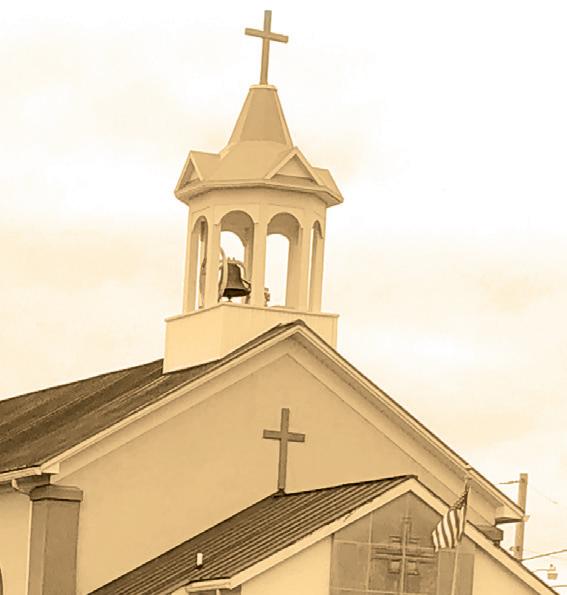
French culture in an article he wrote for the French Review in 1946.
“The French seemed to make no effort to perpetuate their cultural tradition or European heritage, to retain their French customs, or even to keep their native tongue alive,” he wrote. “The French folk wanted to become Americans as quickly as possible.”

Miller, however, drew at least one incorrect conclusion from his research. At the time, he noted that the last of the French settlers lived on rural roads outside of Frenchtown and Russia, and predicted that “ 10 or possibly 15 more years will see the last of these French-speakers.” But he misjudged the tenacity of Francophone culture. Almost 80 years after his article landed in the French Review, the French culture in Darke County, while perhaps not quite a flame, is still at least a warm cultural ember.




















































































